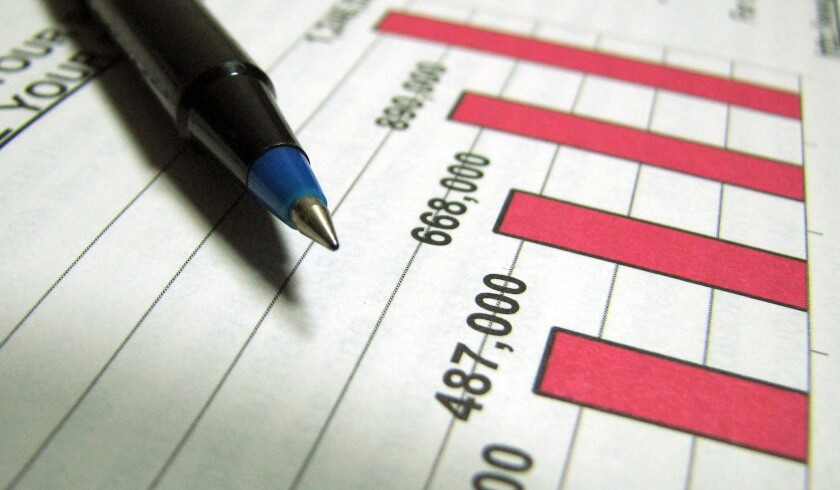Determining a property portfolio’s growth: Metrics to use
Smart Property Investment’s Phil Tarrant makes it a point to keep himself and his financial team updated about the different factors that contribute to the growth of his property portfolio. He shares some important metrics that help him and his team track the progress of his wealth-creation journey.

Debt position
The total debt position of Phil’s portfolio is $4.9 million, which was mostly accumulated after his most recent purchases, including a block of land with five “connected properties”. Just last year, the property investor has secured six properties.
“That's increased our debt position but also our asset value position,” he said.
Total equity and cash flow
Considering his debt position, Phil’s portfolio’s total equity is now at $2.28 million.
The property investor explained: “That's ... how much is this portfolio worth less the debt … That's not cash. That’s equity … For us to get that out, we needed to do a lot of stuff.”
Another metric he uses is “total equity at 80 per cent”, which is the money available for refinancing which he can use to acquire more assets.
“We have $845,000 sitting there,” Phil said.
The total purchase price of all the properties in his portfolio is $4.314 million. Over the years, the total asset value of his portfolio has grown to $7.2 million.
According to Right Property Group’s Steve Waters: “The interesting number there for me is the purchase price versus the current debt. There is $4.3 [million] versus $4.9 [million] on debt."
“Obviously, we've leveraged along the way to be able to leapfrog into other properties … The important thing is [that] the debt has increased and it had to … [because we were at the accumulation phase],” the buyer’s agent explained further.
At a particular point in his journey, Phil would have to decide whether to stop purchasing properties and pay down his debt, which explains why cash flow is critical when choosing investment properties to buy. The property investor currently gets $314,000 worth of rent per year—enough to cover the operating costs of his properties without having to add to his debt.
Operating costs
Operating costs such as accounting fees, land tax, property management fees, repairs and maintenance, and insurance are among the factors that can contribute to the overall growth of a property portfolio. Phil’s portfolio costs $64,000 every year to hold.
“[For every] $314,000 dollars … it's a negative of $64,000 dollars,” he said.
However big the number seems, if you consider the size of the property portfolio, the holding costs only equates to around $72 per property per week.
Phil said: “As long as we are going up more than $64,000 a year, we are in a positive position,”
“We've got the ability to pay the debt,” Steve added.
Loan-to-value ratio and interest rates
The portfolio’s loan-to-value ratio—the debt you hold against the value of the portfolio—is at 68 per cent, while the gross rent to yield—the rent over the purchase price—is at 7.2 per cent.
The highest interest rate across the portfolio, which consists of seven houses, seven units, and four townhouse villas in New South Wales, Queensland, and Victoria, is 5.74 per cent while the lowest interest rate is 4.79 per cent.
‘Weighted average cost of capital’
Instead of using the average interest rate to look at the asset value over the cost of debt, accountant Michael Johnson suggests using the weighted average cost of capital, which is “the total interest expense that you pay every year [divided] by how much debt you have”.
According to him: “It puts weight behind so you've got a bigger loan and it's at a higher rate. When you have a small loan, it's a lower rate. Obviously, that has different amounts [of] the absolute value that you actually pay up.”
“By using this weighted average cost of capital, we can sort of see what the true interest rate across the entire portfolio is,” he explained further.
Reducing rates
In terms of interest rates, the cost of debt in Phil’s portfolio has gone up by around $15,000 over the last four to six months. The property investor and his team are currently looking to review the mortgages in order to formulate effective strategies that will reduce these rates.
Steve said: “[Because Phil is] self-employed and [the portfolio has] various [sophisticated] structures ... sometimes, the banks want to charge a little bit more to cover [the possibility of] risk. But, at the end of [the] day, if [they] could drop rates by half a percent as an average across the total debt, that's a lot of money.”
According to Phil, they may start looking for more debt, which will serve to prove his good serviceability to the lender.
The property investor shared: “We should be able to drop that … $64,000 deficit by looking at interest rates [as] one of the levers you can use to improve your cash flow."
“Remember: We are talking about pre-tax policy. Post-tax, we do pretty well,” he added.
“It's important to talk about your pre-tax dollar just simply because that's cash. That's what's in your bank at the moment, and we think that's the best metric to use,” Michael concluded.
Tune in to Phil Tarrant’s portfolio update on The Smart Property Investment Show to find out more about the recent news headlines and what is happening in the property investment world.

